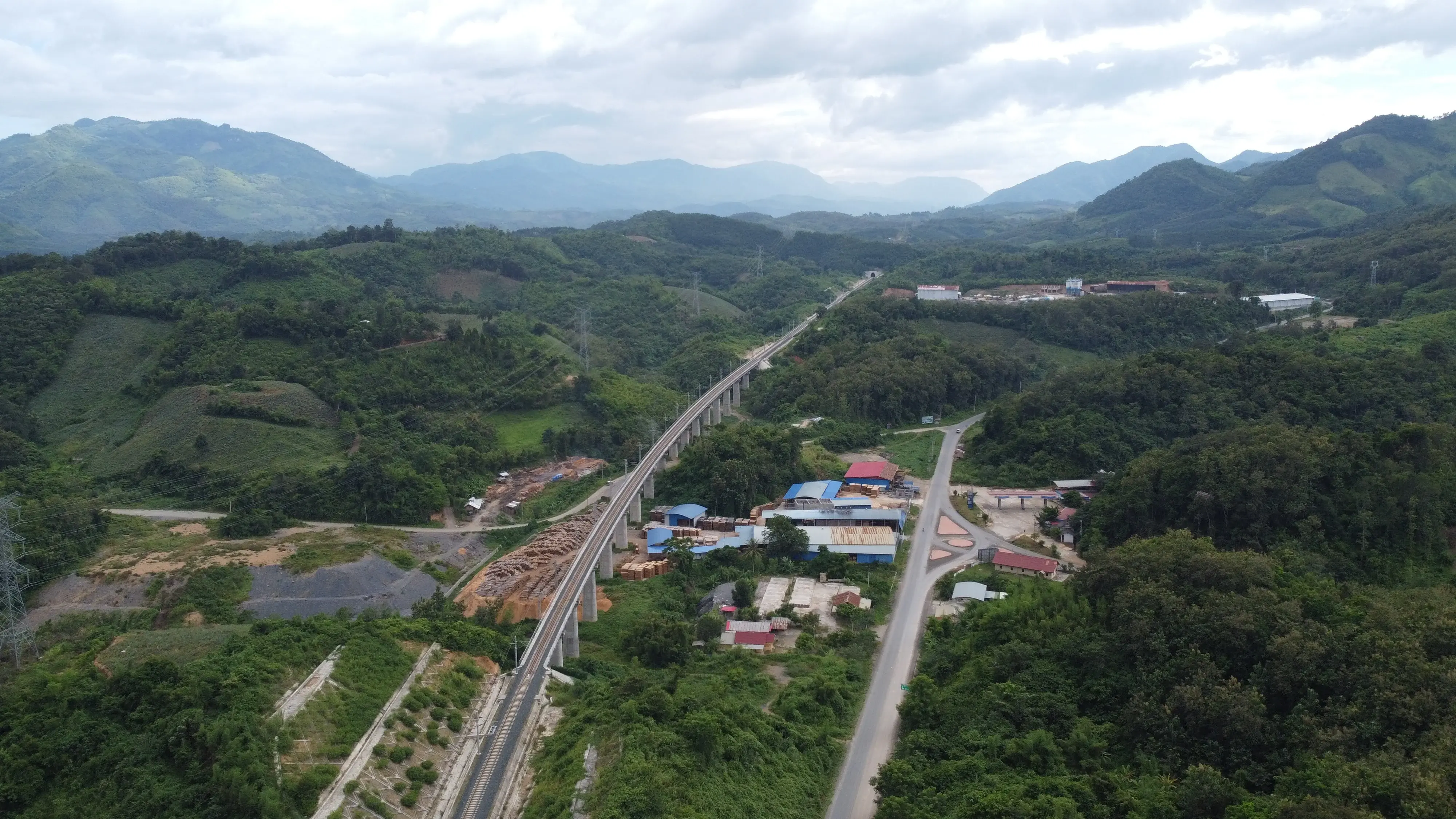
- ‘Special economic zones’ are flourishing in a sign of growing Chinese influence in Laos, as people await the reopening of the border to boost income and investment
- But amid signs of progress, thousands of people have been displaced and forests have been cleared to make way for a new train line
Under a rail bridge that cuts across his languid northern Laos town, Boonxay takes a beat to weigh up what connection means to a country isolated for decades.
“When I look at the railway, I see prosperity,” the father of five eventually says. “Do you know, some of the older people here have never even been to the capital in their whole life? Now for the first time they are travelling.”

As a nonprofit journalism organization, we depend on your support to fund journalism covering underreported issues around the world. Donate any amount today to become a Pulitzer Center Champion and receive exclusive benefits!
The US$6 billion track hooks the fate of Laos, one of Asia’s poorest countries, onto China, the world’s second-biggest economy.
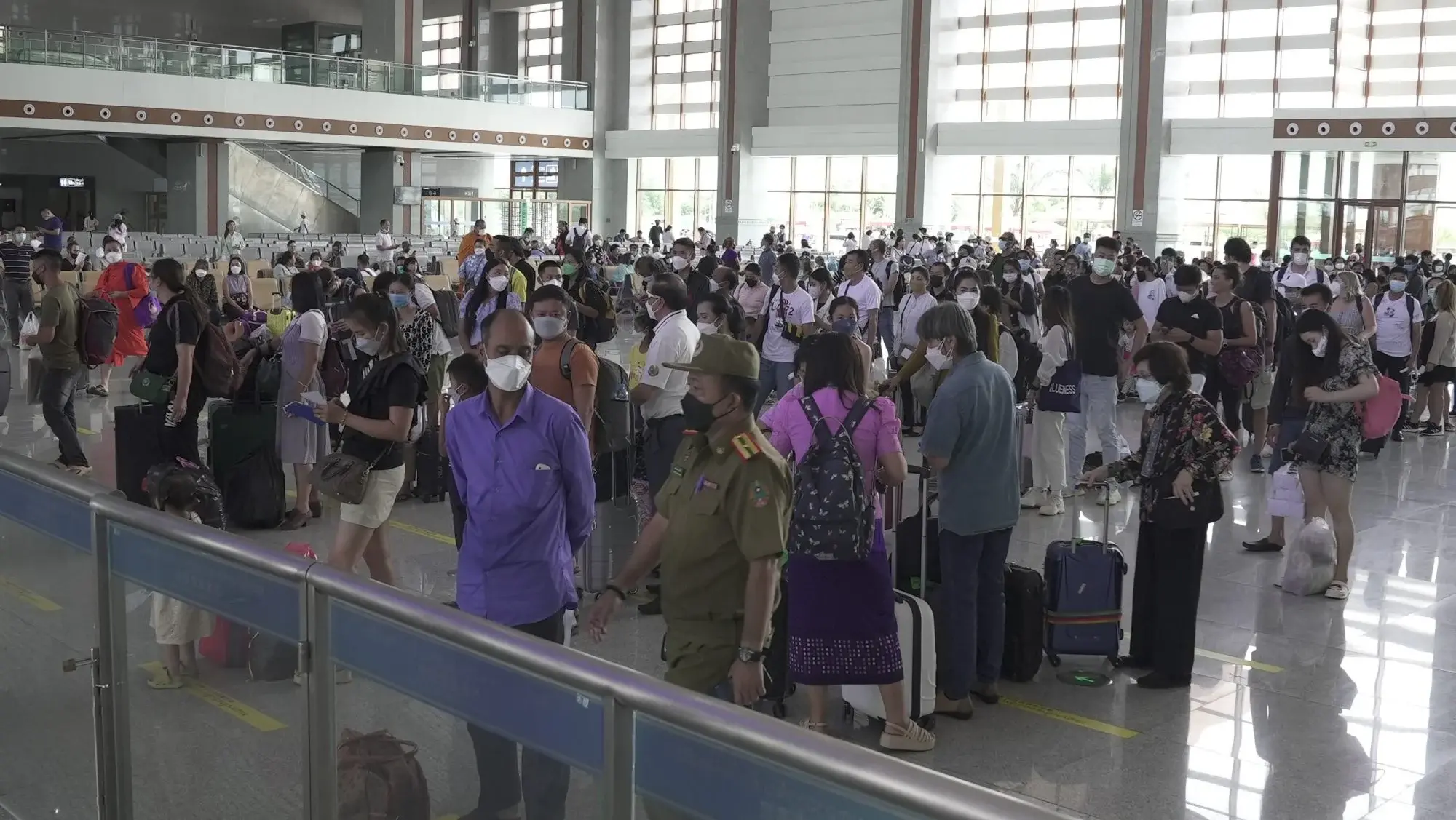
It is integral to the plans of Laos’ communist leadership to plug Southeast Asia’s only landlocked country into the global economy and to fast-track its seven million people away from poverty.
For China, the 422km line through Laos’ rugged neck of land is the first step towards an ambitious high-speed railway lassoing the Mekong – and eventually the Malay Peninsula—into the orbit of Beijing’s belt and road plan.
But the journey through Laos and the progress appears uneven.
Land prices—and farmers’ wages—are rising, as “special economic zones” along the railway begin to take shape and Chinese investors inject energy, and a new tier of economic hierarchy, into remote, forgotten towns.
Hutong-style bars and Xiaomi phone shops are beacons of prosperity along dimly lit roadsides, while WeChat’s translation app is the currency of communication between the Chinese pioneers and their Laos business partners—or romantic interests.
But development looks different from the other side of the tracks.
Rows of new red-roofed bungalows count out the cost borne by the tens of thousands of people who were displaced to build the railway, power stations, mines and dams that are leading Laos towards its future.
And despite government pledges to preserve them, the forests of one of Southeast Asia’s most biodiverse nations carry the scars of change: deep, red gouges of earth mark where infrastructure is eating into ancient forests, while industrial-scale fruit, rubber and corn plantations lap up the sides of once-untouched hills.
Meanwhile, at the bottom of the economic pile, ethnic groups say they are being priced out of prime land, their “slash and burn” farming instead chasing the forest further upland.
High-speed rail has brought dizzying change to this small nation that’s gone all-in on China.
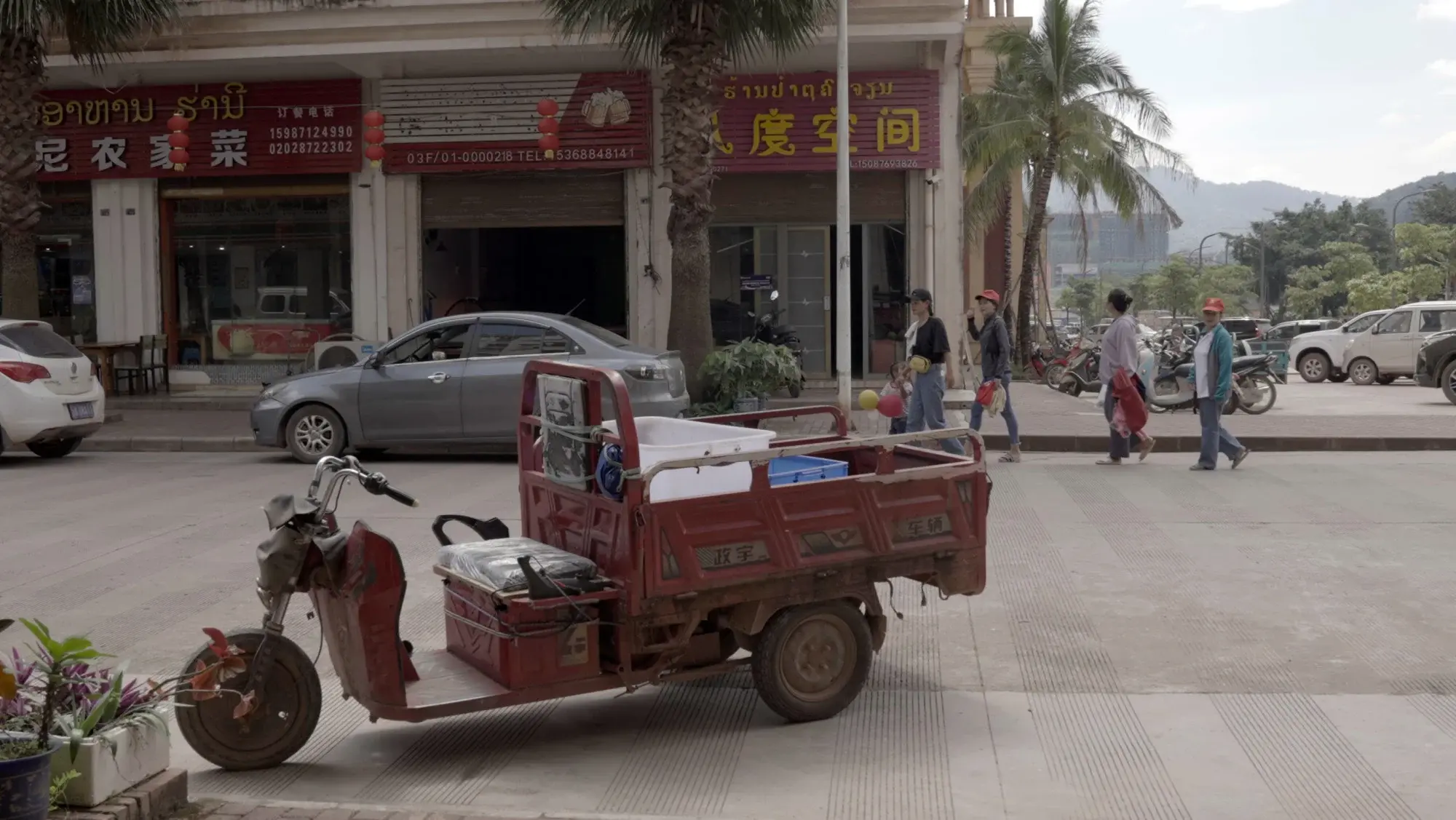
‘Just waiting for the border to open’
Chinese frontiersman Zheng is a winner along President Xi Jinping’s Belt and Road Initiative. His is a tale told in a Laotian border town, via a translation app, with a big, warm smile; a faded photo of Jay Z on the wall and baijiu bottles stacked along the shelf of the bar behind him.
“I was a truck driver for two years […] I saved up and now I have this bar,” the 44-year-old from Dalian told This Week in Asia in Boten. “We’re just waiting for the border to open. This place will explode when it does.”
Boten, a “special economic zone” a hillside away from Yunnan, soars impossibly above; 30-storey buildings and half-built condos waiting for the green light of border reopening from Beijing for the contractors, investors and day-trippers to return.
China still closely guards its borders from the coronavirus, operating a “closed loop” of tests for truck drivers delivering fruit from Laos and seafood from Thailand.
Still, in the year through to August, Laos exported US$691 million of goods to China along the rail line, official data shows—vital activity for a gasping economy.
In June, ratings agency Moody’s downgraded Laos’ outlook from stable to “negative”, as analysts predict a looming default on billions of dollars of debt—most of it held by China—just as inflation soars to nearly 35 per cent, punishing ordinary Laotians.
A level of salvation could come from the railway, analysts say.
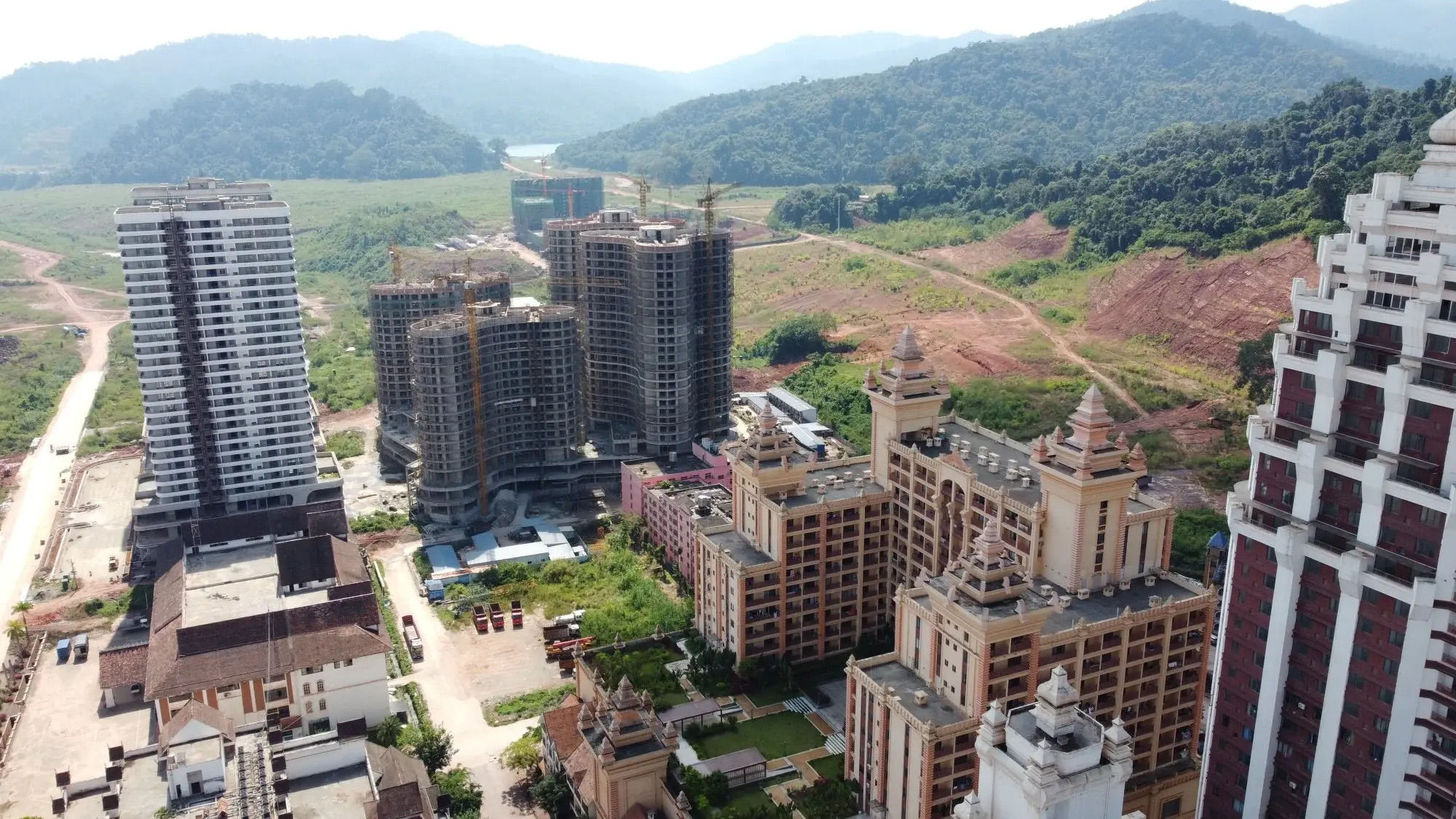
The World Bank believes the line has the potential to raise Laos’ income “by up to 21 per cent over the long term” if investment in border technology, logistics, skills and tourism follows.
China is also keen to emphasise the positives of a project it has split 70-30 with its southern neighbour.
Yunnan government figures released this month said since its debut journey in December 2021 the train has carried 7.5 million passengers and nearly nine million metric tonnes of freight.
Still, for now Boten remains a thumbnail on the belt and road route, a taster of what is to come as a string of “special economic zones”—commercial tax havens on generations-long leases—metastasise from Boten to Vientiane, near the Thai border.
If all goes to plan, they should pull in billions of dollars of Chinese, Vietnamese, Thai, and Korean investment.
But connection comes at a cost.

‘Nation of supply and demand’
Over the last 15 years, some 680,000 hectares of forest cover has gone, explains Bounyadeth Phouangmala, country director for The Center for People and Forests (RECOFTC).
His organisation works with the Laos government to encourage villagers to use their forests sustainably, helping women and marginalised ethnic groups build economies from their shared resources. Bounyadeth says the drivers of deforestation include “the expansion of agricultural land for cash crops, shifting cultivation and infrastructural development […] hydropower, mining, road and rail construction”.
In 2021 alone, Laos lost 318,000 hectares of natural forest, according to Global Forest Watch data. Just under one-third of that vanished from Luang Prabang, Oudomxay and Luang Namtha, poor, northern Laos provinces that high-speed trains now hustle through on their way to China.
Four million hectares of trees have been rubbed out since 2000, most of them carbon dioxide-guzzling primary forest, the conservation advocacy group says.
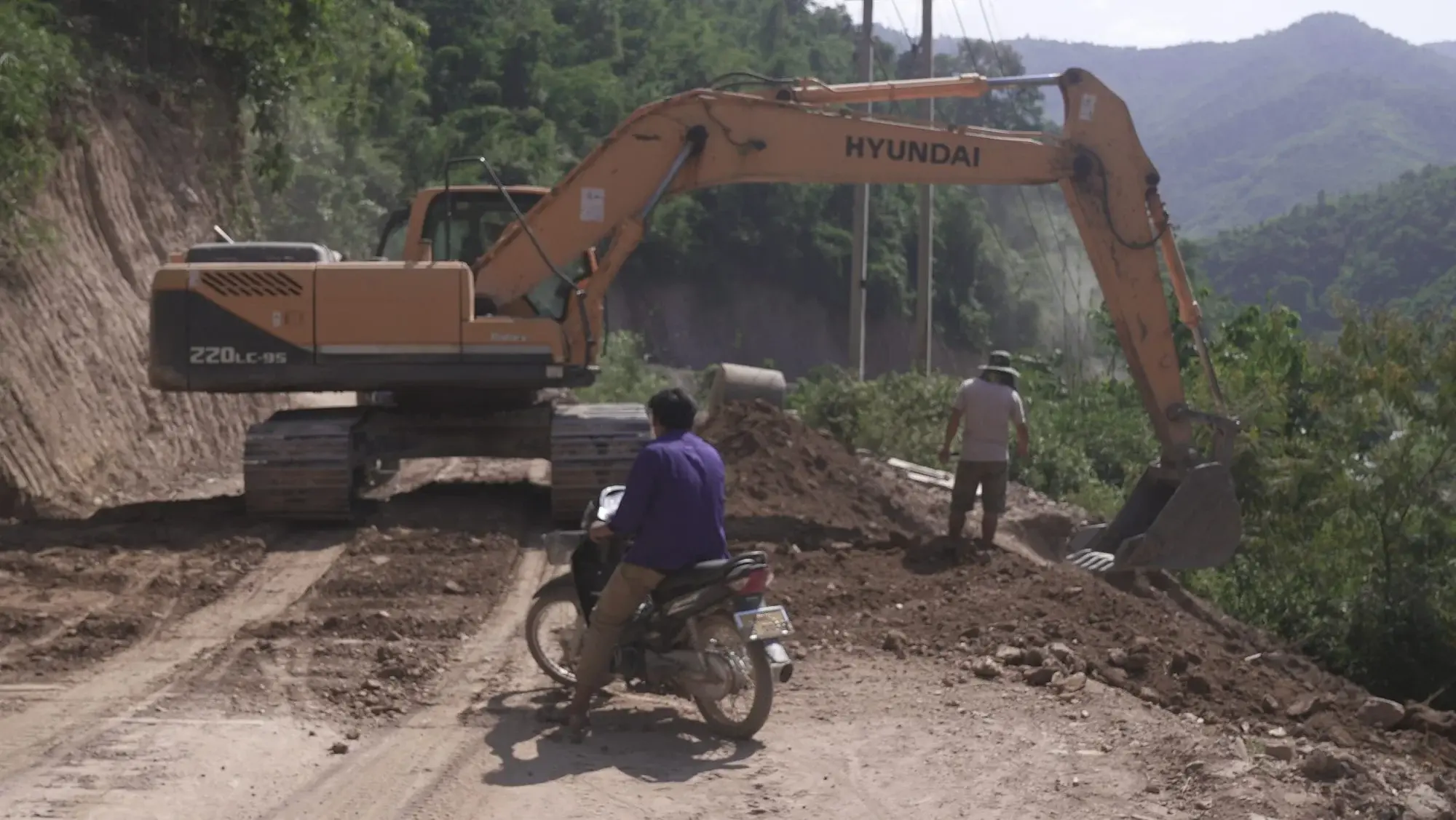
Meanwhile, concessions for mines and dams bring thousands of workers and businessmen to once pristine areas, with the train now an arterial connection to China.
That is turning newly-arrived eyes to an old resource: precious wood.
“It’s not that difficult to find it, we are a nation of supply and demand,” says a Laos wood broker who connects Chinese customers with sellers of the rare rosewood and Makha hardwood used in furniture and ornate decorations.
“Whatever you’re after you can get it: different types and grades, whatever is in demand from the Chinese buyers.”
The Laos government banned illegal logging and export, especially of rare woods, in a breakthrough 2019 Forestry Law. It is targeting “green growth” in the coming years, pledging to establish four million hectares of conservation areas—roughly the same amount that has been hacked back since 2000.
The forestry law called for sustainable use of “finite natural resources for maximum benefit, especially forest resources”.
But a government target of achieving 70 per cent forest cover has been moved back to 2035—and still awaits official sign-off.
Meanwhile, despite pandemic border restrictions there has still been a spike in the timber trade into China, according to Thomas Chung, a forests campaigner at the London-based Environmental Investigation Agency.
Chung cited Chinese customs data that showed a near-doubling of some types of legal Laos wood imports from 2020 to 2021.
At the same time, locals say demand for rare wood species is unabated—although, like much in Laos, the hard data is lacking.
Pulling open a tin door hidden behind a chicken coup, a timber trader shows his now-illegal stockpile of Burmese and Siamese rosewood.
“There’s around one tonne here,” says Thong, giving his nickname only.
“Everyone has a stash. I had to sell another 3-4 tonnes to get through the pandemic […] I’m saving these for Chinese buyers who will pay above market price.”

China holds all the aces
It’s morning and the Mekong river bank in Luang Prabang heaves with Thai tour groups.
“It used to take eight hours by car from Vientiane to Luang Prabang,” says Thai tourist Wisaroot Apichonboot, 56. “Now it’s just three. I think it’s time we got the high-speed railway, too.”
The UNESCO Heritage Site is located at the midpoint of the railway, and with its temples, cafes and riverside bars, is Laos’ top tourist draw.
If all goes to plan, another special economic zone backed by a local conglomerate will emerge around the railway station built 30-minutes outside town.
It promises to be Luang Prabang-lite, an unlikely oasis in the hills of newly constructed temples, sculpted waterways and high-end hotels focused on Chinese visitors.
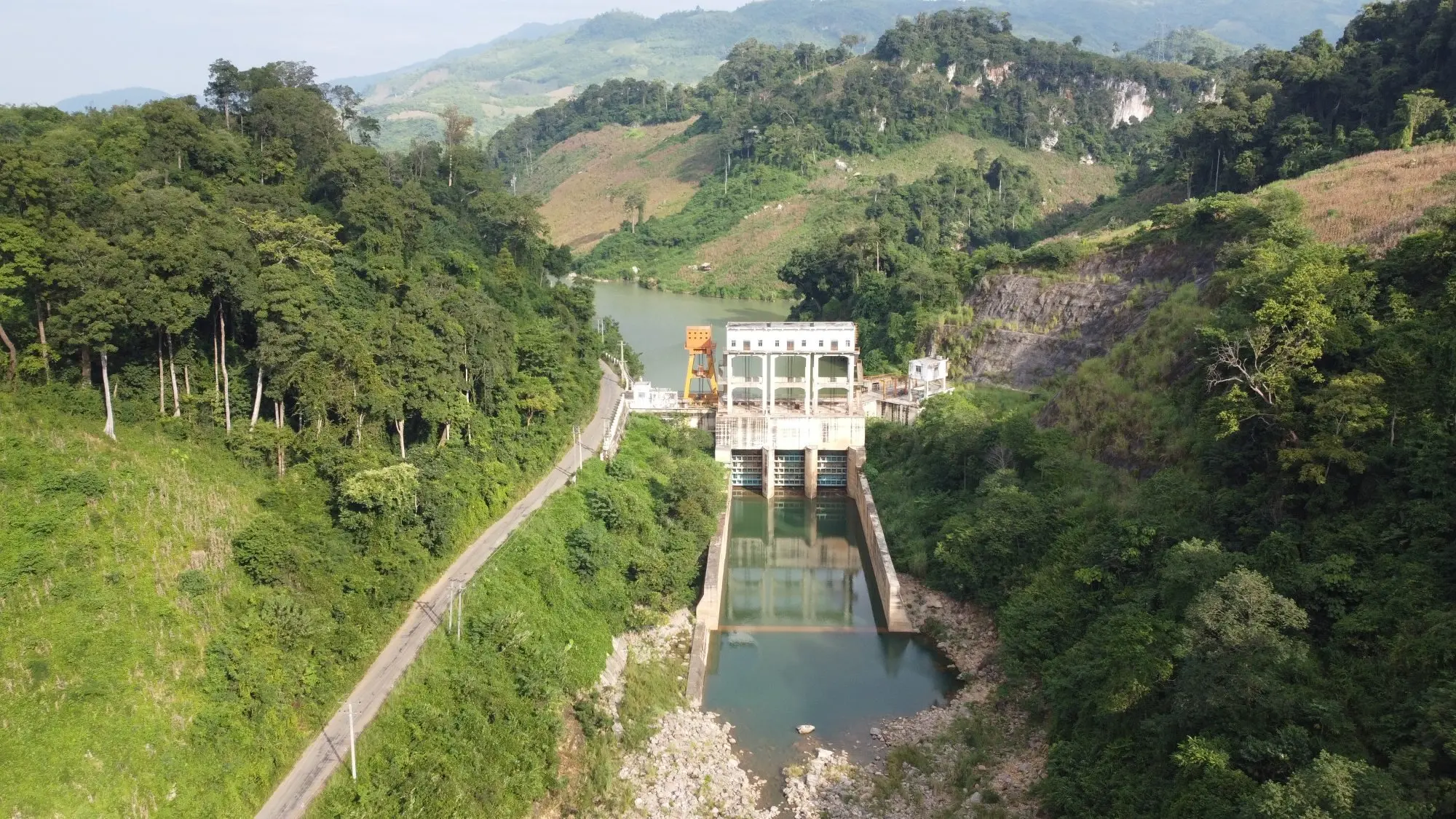
The plans are now backlit by turmoil in Laos’ public finances, as debt piles up and the kip depreciates, driving up the costs of imports to a landlocked country, especially of petrol.
In an April briefing, the World Bank issued a stark warning that public debt could already be at around US$14.5 billion, or 90 per cent of gross domestic product, the majority owed to “bilateral creditors, particularly China”.
That hands more leverage to China over a small economy increasingly dependent on Chinese export demand, investment and now leniency over debt repayments.
Around Luang Prabang, where about 20 per cent of the population lives in poverty, tourist dollars provide cold comfort to those forced to move to make way for the railway line.
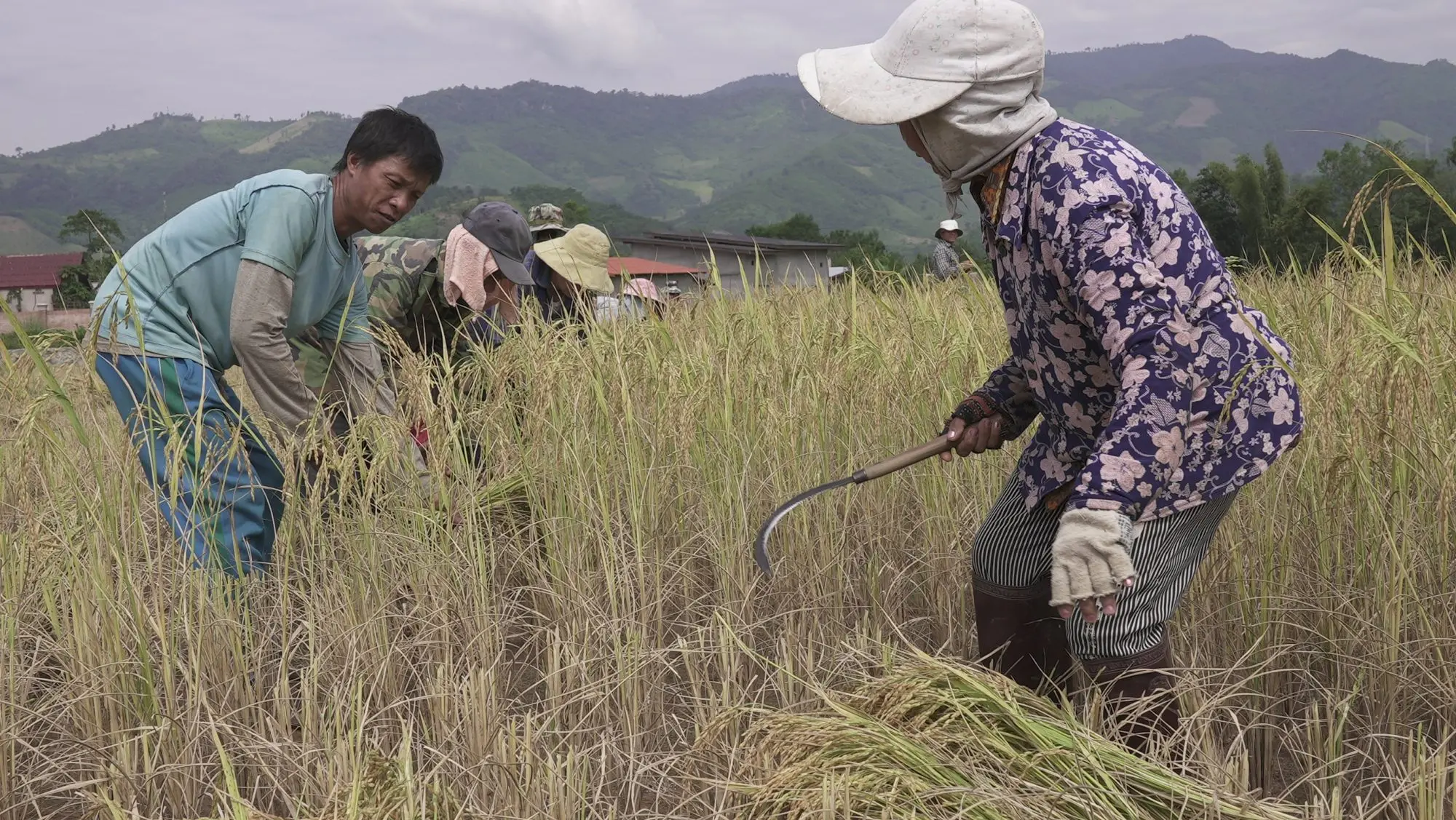
“The land might look nice but the soil isn’t good,” says Visay, whose village of around 500 Khmu people, the main ethic group of northern Laos, was shunted a valley over for the infrastructure project.
With most accessible, arable land at a premium, some Khmu are taking their slash-and-burn agriculture techniques deeper into the forests, in a reversal of fortunes that sees more trees cleared on sheer slopes to establish rice paddy and pasture.
For Saithong, in her early 20s, the cost of high-speed development has already been paid by small communities like hers, transplanted by a railway she has never been on and now falling further down the economic food chain.
“This is China already,” she says, with a resigned laugh. “We don’t have anything left for us […] it’s all for them.”
Some Laotian names have been given as nicknames or changed to protect their identity.











